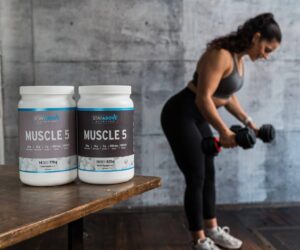

If scientists could bottle a miracle cure for depression, chronic disease, and aging, it would likely be an exercise pill or what we like to call, a “running cure”.
While there is no ‘one-size-fits-all’ program to help you train, there is really no substitute for traditional aerobic exercise (‘cardio’) to keep your heart and muscles in shape. By doing cardio exercise at least 20-30 minutes per day, we can reap many health benefits that ultimately make us happier, healthier, and live longer.
In this article we will provide a beginner training program for aspiring runners and highlight principles that are important for beginners who are just starting on their health and fitness journeys.

As with many other things in life, consistency is key for success.
With this, the first step is to ensure you establish a sustainable training program that you can maintain in the long run (pun intended).
Planning and writing down a training program beforehand will benefit you by holding you accountable and increasing your training consistency.
Therefore, we’ve designed an 8-week training program for beginners that can help build up your running abilities.
Once you have a training program in place, set yourself short-term and long-term goal(s) to help track your progression and keep you motivated.
For example, signing up for a 5K or 10K race can be a short or long-term goal that acts as a great motivator!

If you are not satisfied with your purchase, please contact us at info@stayabovenutrition.ca. We will endeavour to improve your experience with our products.
Check out our FAQ for more information.
We currently ship our products anywhere within Canada. Purchases are typically processed and shipped within 48 hours. Depending on your location, items will arrive within 2-5 business days.
Check out our FAQ for more information.